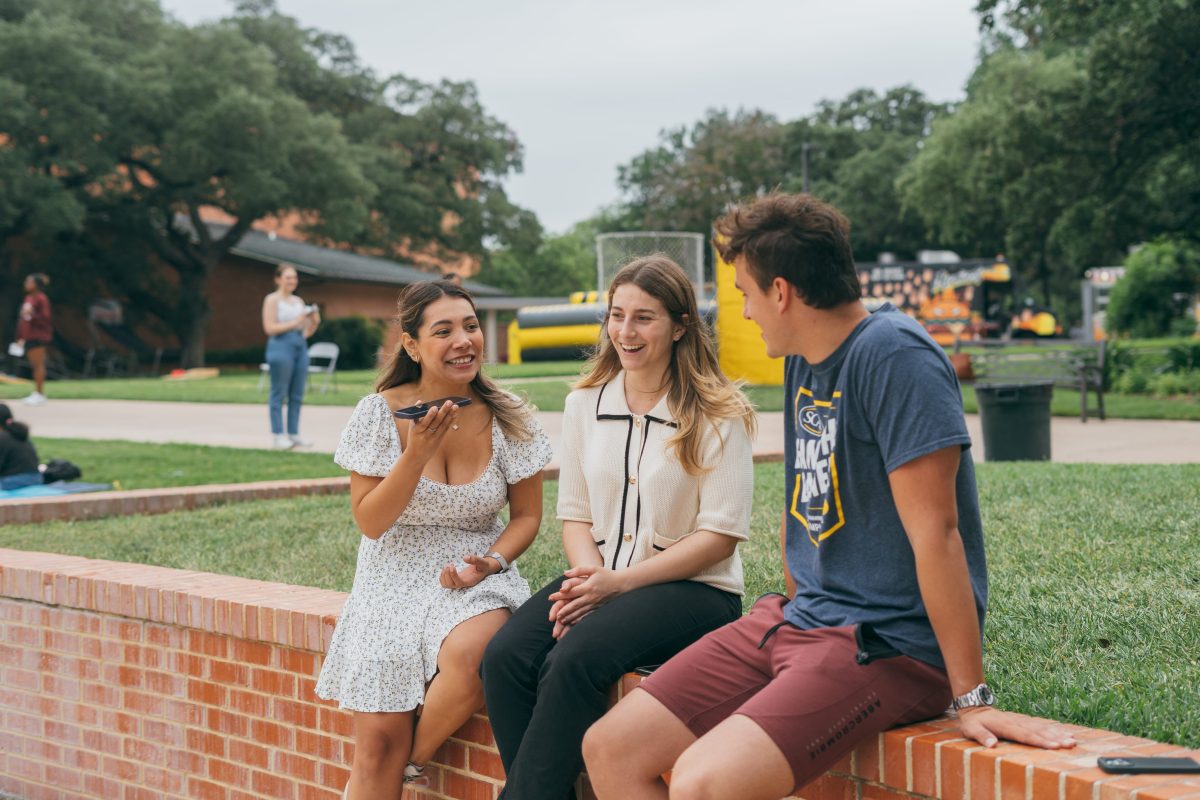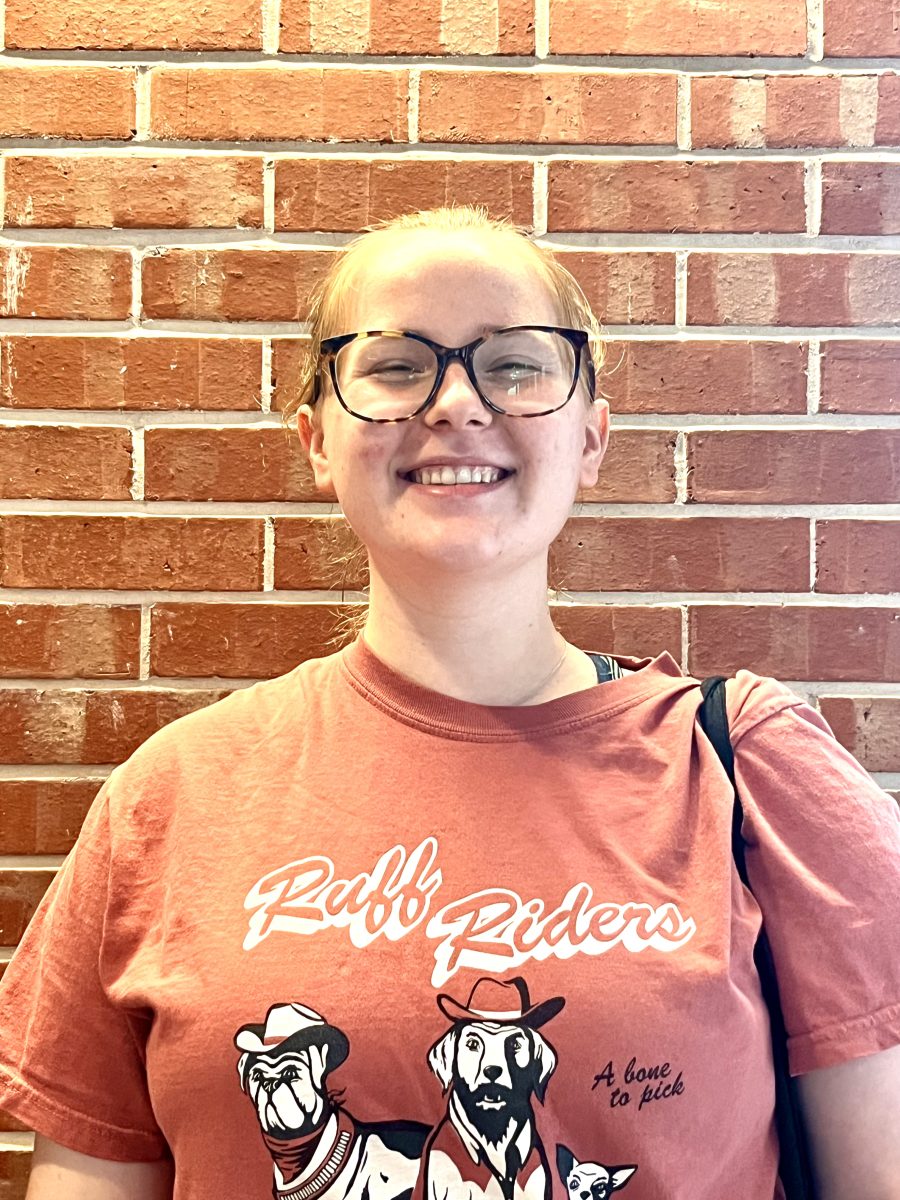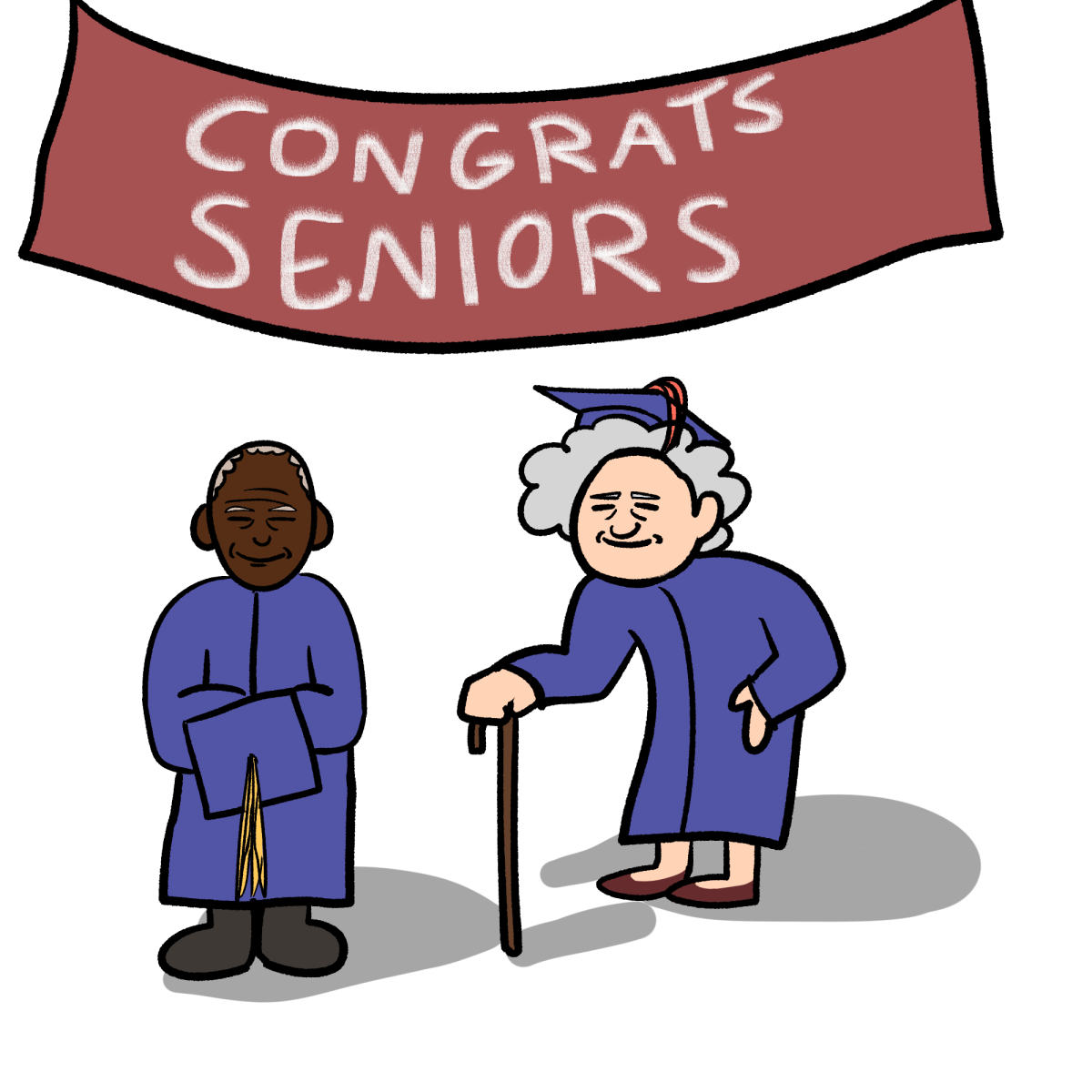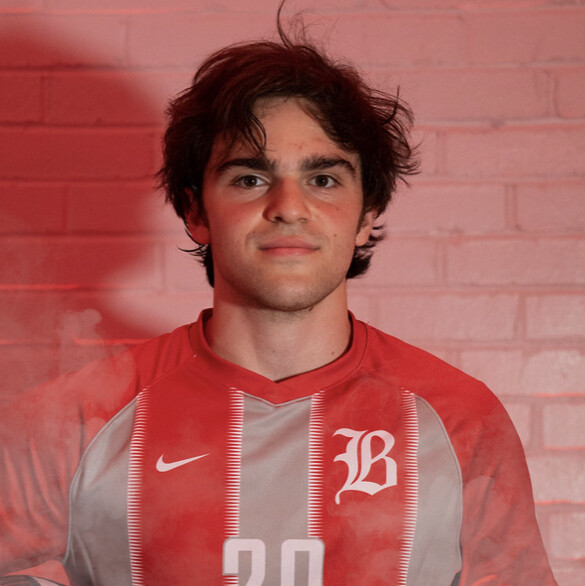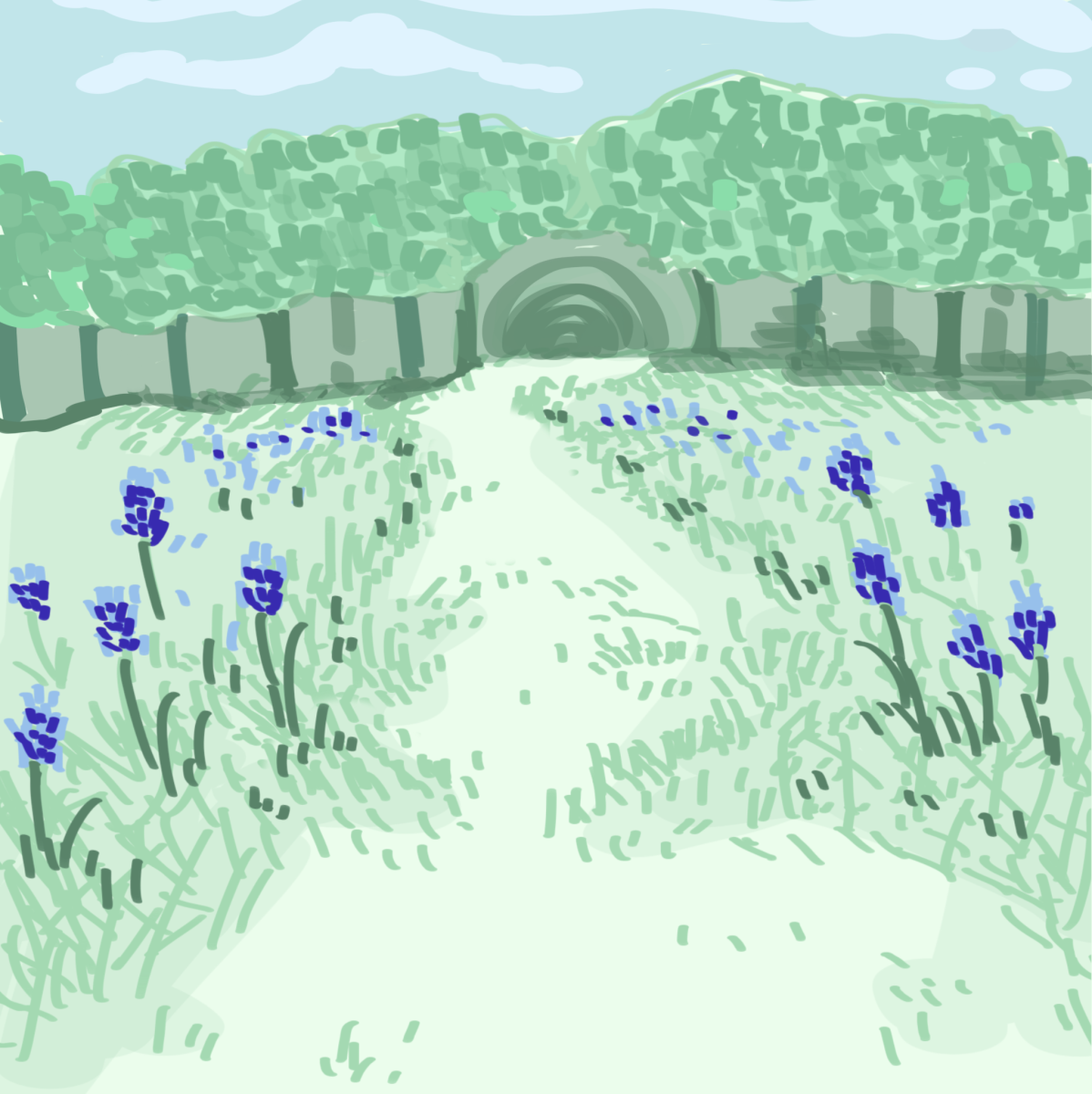Back in the beginning of the semester, Trinity University hosted the Discover America via San Antonio (DASA) program, in which twenty Fulbright scholars from different parts of Germany stayed on campus and took part in a Social Entrepreneurship course for three weeks. The Center for Innovation and Entrepreneurship plans to expand this course to a full three-credit hour class for Trinity students in the near future.
“Social entrepreneurship [involves] enterprises, ventures and programs centered on addressing a social issue in a sustainable way. You utilize business principles and the concept of profit-cost, so that you adopt a model that survives long-term and that also does not involve a constant source of philanthropy and donations as a business model,” said Luis Martinez, director for the Center of Innovation and Entrepreneurship.
“In a more general sense, social entrepreneurship is a class where thinking outside the box is really emphasized as a skill set to have. We had a workshop about design thinking. You tackle issues about problems that you experience in whatever fields [in which] you specialize, in maybe a non-traditional or different way than it used to be and different from [what] people [are] telling you [about how] you have to solve an issue,” said DASA participant Hayam Mohseni.
The goal of social entrepreneurship, according to Martinez, is neither profit nor building shareholder value, but to address a social problem via a mechanism fundamentally different than a government-centered approach, a religiously affiliated approach, or traditional NGO approach. The course was offered to the DASA students as a way for them to gain perspective on the ways different countries have of approaching social issues.
“Germany is obviously a very different country than the United States, and the social net and the social services provided through the German government both at the federal, state and local level are much more encompassing than those here in the United States. So, when you come to the United States, you see the differences in how it is that social services are provided at the government level, and one aspect of what we did in the course was that [the students were] introduced to and spent time at local nonprofits, to see how nonprofits addressed social problems,” Martinez said.
The DASA group was divided into three sections. The first spent time at the San Antonio Food Bank; the second, Haven for Hope; and the third, Community Housing Resource Partners (CHR). Martinez pointed out that the reason those three entities were chosen for the course is that CHR is a social entrepreneurship venture, while the other two are not.
“It gave [the DASA students] an opportunity to compare and contrast how it is here in the States [that] we’re addressing social issues [with] models that don’t necessarily involve the government at all. It’s important for them because it’s part of their exposure and understanding about not only Germany’s place and how they address social problems but also how in the United States we’re addressing social problems,” Martinez said.
“I’ve learned that NGOs are more needed in America than in Germany, because we have really huge differences in the social systems. For example, homeless shelters or food banks would not be as big [in Germany] as [they are] in America. [In] America really, homeless people really rely on this social entrepreneurship,” said DASA participant Julia Marae.
According to Martinez, the course was divided into three large sections.
“The first aspect of the course involved having students think about a social issue that they were passionate about. Then they spent some time looking at models of how three different types of non-profits were addressing social problems, two in the areas of homelessness and one in the area of hunger. So, they would have the opportunity to learn different contemporary models of how these social issues were being addressed, and then to ask themselves, “˜What can I learn from these models to apply to a social problem that I’m passionate about?'” Martinez said.
The students then spent some time learning about how traditional nonprofit organizations were currently addressing those social issues and analyze what parts of those entities’ approaches were effective and what could be improved on.
“The third phase was that they developed their own program or nonprofit or social impact venture that addressed that social problem. [“¦] They then went out and tested that. They did market research and social media research and incorporated that into the final solution that they presented. So the goal of the course was for them to have a process by which they would be able to develop and start something new in a way that addressed the problem [they were interested in],” Martinez said.
In order to develop their solution plans, students employed a tool called “˜Discovery Campus’ which directed them through a series of steps to address a topic, starting with determining which problem they wished to solve, then analyzing existing solutions and the size of the population affected by the issue. The students then proceeded to come up with their own solutions and determine how and where they were to obtain funds to sustain their venture.
“We always think [that] nonprofit organizations finance themselves from donations and depending on investors. [“¦] That actually doesn’t make them sustainable, and they have to behave like for-profit organizations such as launching sales for certain merchandise or some product in the market in order to sustain their program,” said DASA participant Marcia Cole.
“I think the design thinking workshop was a lot of fun, because we learned a skill set that we can use not only in social entrepreneurship but also in the rest of daily life: figuring out multiple solutions to a problem,” said DASA participant Janina LaàŸmann.
The Center for Innovation and Entrepreneurship is currently working to expand this course to a full three-hour class for Trinity students. According to Martinez, their goal is to offer a 2000-level course as part of the Pathways curriculum.
“We’re interested in developing in the Pathways Curriculum a cluster around Social Entrepreneurship. [“¦] We utilized this one-hour course [for DASA] as a first attempt to develop a course. [We used] some of the activities that we did here with the German students to get a sense of whether they worked or not, what’s successful what’s not successful, so that then, when we’re ready to go ahead and offer the three-hour course of this as part of the curriculum, we’ve got a good sense as to what tools are working,” Martinez said.
Depending on whether and when the plan is approved by the University Curriculum Council, the new Social Entrepreneurship course will be offered in either the fall of 2016 or spring of 2017.

